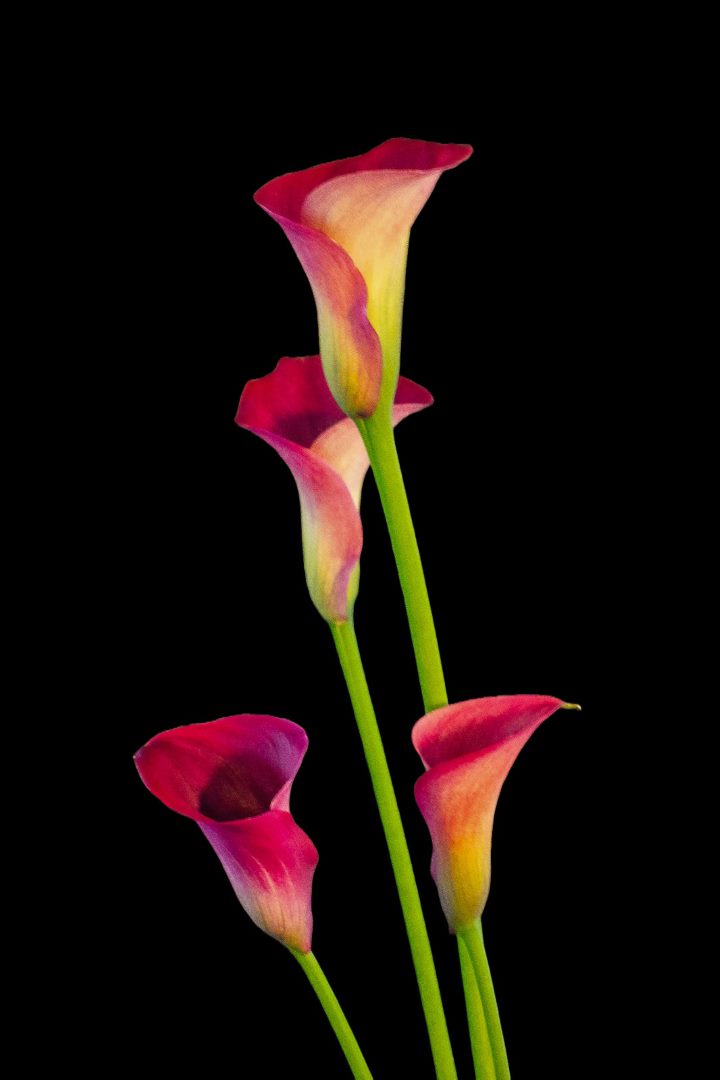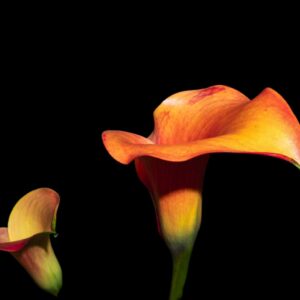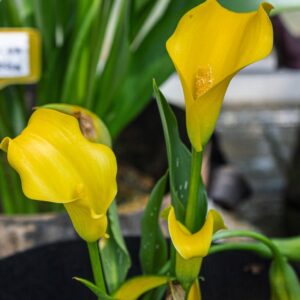Your cart is currently empty!
Picasso Lilies: A Guide to the Artist’s Floral Muse

Introduction
Pablo Picasso, the legendary Spanish artist, found inspiration in various subjects throughout his prolific career, one of which was the enchanting picasso lily. This elegant and symbolic flower held a special significance for Picasso, appearing in numerous paintings, drawings, and sculptures.
Botanical Characteristics
The picasso lily, botanically known as Zantedeschia aethiopica, belongs to the family Araceae. It is a native to South Africa and features:
- Large, funnel-shaped spathe: The eye-catching spathe, a modified leaf, envelops the spadix (a spike-like structure)
- Spadix: A fleshy spike-like structure covered in minute flowers
- Long, dark green leaves: Arrow-shaped, smooth, and glossy
- Height: Can grow up to 3 feet tall
- Toxicity: All parts of the plant are toxic if ingested
Symbolism and Meaning
In Picasso’s art, the picasso lily often represented:
- Purity and innocence: The lily’s white spathe and delicate nature evoke a sense of purity and innocence.
- Life and renewal: As a spring-blooming flower, the picasso lily symbolizes life, rebirth, and hope.
- Female sexuality: The flower’s shape and its association with fertility made it a symbol of female sexuality and desire.
- Grief and loss: In some cultures, white lilies are associated with mourning and loss, and their presence in Picasso’s work can reflect his emotions during challenging times.
Notable Paintings
Numerous Picasso artworks feature picasso lilies, including:
- “Girl with a Basket of Flowers” (1905): This early painting depicts a young girl holding a basket of lilies, representing innocence and hope.
- “The Dream” (1932): A surrealist masterpiece featuring a sleeping woman with a picasso lily near her feet, symbolizing rebirth and the subconscious.
- “Guernica” (1937): Picasso’s iconic anti-war painting includes a picasso lily in the foreground, amidst the chaos, representing hope amidst tragedy.
- “Woman with a Flower” (1946): A colorful and sensual portrait of a woman holding a lily, exploring themes of female beauty and desire.
Tips for Growing Picasso Lilies
If you wish to cultivate picasso lilies in your garden, consider the following tips:
- Hardiness: Hardiness zones 8-11
- Sunlight: Prefers partial shade to full sun
- Soil: Moist, well-drained soil rich in organic matter
- Planting: Plant bulbs in fall or early spring, 3-4 inches deep
- Water: Water regularly, especially during hot, dry weather
- Fertilizer: Fertilize monthly during the growing season
- Overwintering: In colder climates, dig up bulbs and store them in a cool, dry place over winter
Conclusion
Picasso lilies, with their elegance and symbolic significance, played a pivotal role in Pablo Picasso’s artistic journey. From purity and hope to female sexuality and the complexities of life, these flowers imbued his artworks with layers of meaning and emotional depth. Whether admired in paintings, sculptures, or grown in gardens, picasso lilies continue to captivate and inspire.








Leave a Reply